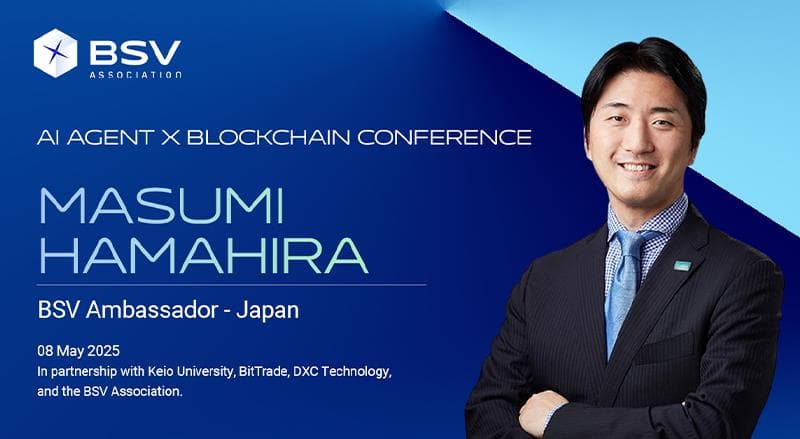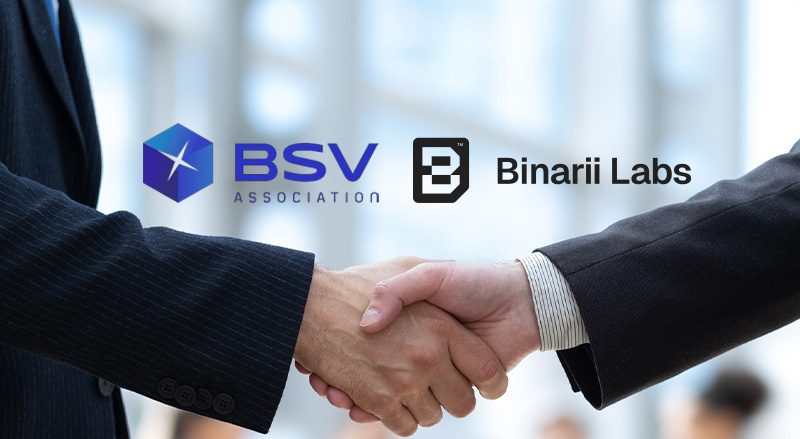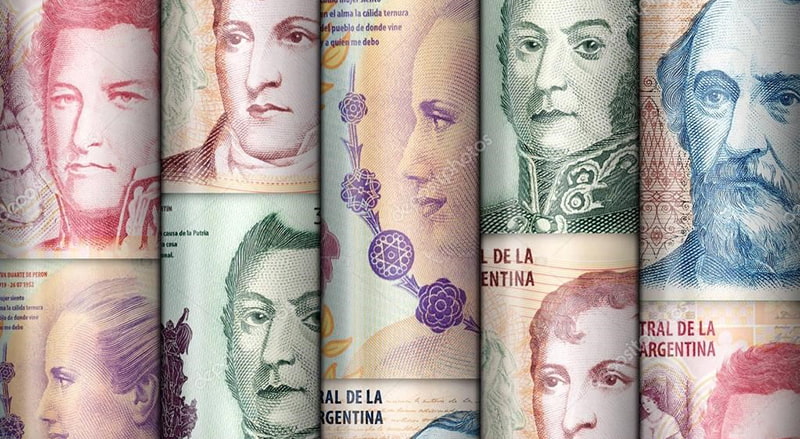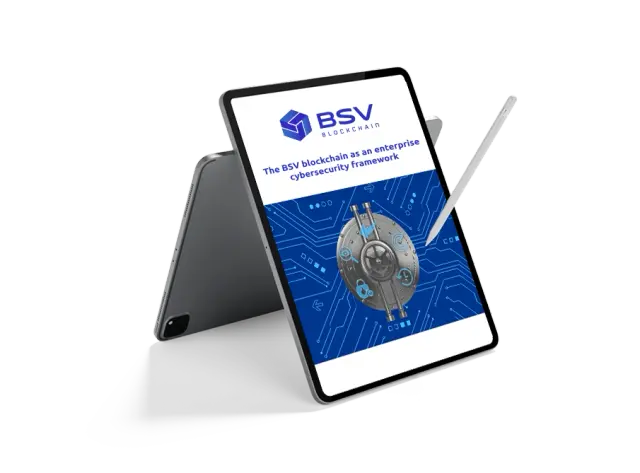YenPoint aims to be the first wallet to adopt SPV (Simplified Payment Verification) technology, with further plans to expand into the stablecoin and NFT markets, says Ken Sato (Founder and CEO of YenPoint). Sato, who is based in Japan, notes that the country possesses a vast market for digital content such as anime, manga, games, and movies/TV.
He added that introducing a stable-value, reliable digital currency that operates cheaply and quickly enough to facilitate micropayments could unlock new forms of interaction between creators and their fans.
‘YenPoint was originally a stablecoin built on top of (the BSV blockchain). Right now we are going a bit deeper by not just issuing the stablecoin, but by offering a wallet infrastructure and having an NFT marketplace. We also want to be the first wallet to adopt SPV technology in this industry,’
Working with the BSV Blockchain
Sato noted that he and his team are actively working with the BSV Blockchain to conduct tests with the SPV wallet. He noted that this is vital to ensure that the technology can scale effectively.
Simplified Payment Verification (SPV) is an often-overlooked concept first introduced in section 8 of the Bitcoin white paper. SPV is designed for users seeking to validate transactions without the substantial burden of storing the entire blockchain: a continuously expanding record of all Bitcoin transactions.
As the BSV blockchain advances toward blocks containing hundreds of millions of transactions and beyond, the significance of efficient verification methods like SPV becomes paramount. This lightweight verification method is designed to maintain pace with the growing blockchain, ensuring BSV remains usable and secure for all participants.
‘When we talk about this scaling technology we have a few components. We have the mining node – Teranode – which is going to do one million transactions per second. So when we get this type of scale the edge of the network also has to adopt different technologies. Currently, most wallets just ask for every transaction to a node – which is not a good way for a wallet or node to scale,’ said Sato.
‘So instead of everything being sent to the central network you only validate the transactions you care about with SPV.’
Sato said that as his business plans to grow further it also becomes more important to rely on other third parties, such as whatsonchain and make sure that this indexing and work can be done internally.
Building an NFT marketplace
Japan’s unique culture and economy make it ideal for the development of an NFT marketplace, said Sato. ‘So we already have the BSV wallet infrastructure and we are going to add the functionality of receiving an NFT and sending NFT on top of this, allowing for a true NFT market,’ he said.
He added that Japanese artists have started realising the benefits of the BSV blockchain and NFTs to start promoting their artworks. ‘They like BSV because it’s cheap to transact. Most artists don’t sell their work for millions of dollars. It’s going to be $20 or $30.But if you’re asking to ask customers for a $50 transaction fee on top of this it’s going to become too expensive.’
Another problem is that many NFT marketplaces are not truly on-chain but instead just offer a link to the image of an artwork, said Sato. Whereas the BSV blockchain can store work on-chain because of its significantly advanced technical capabilities, he said.






